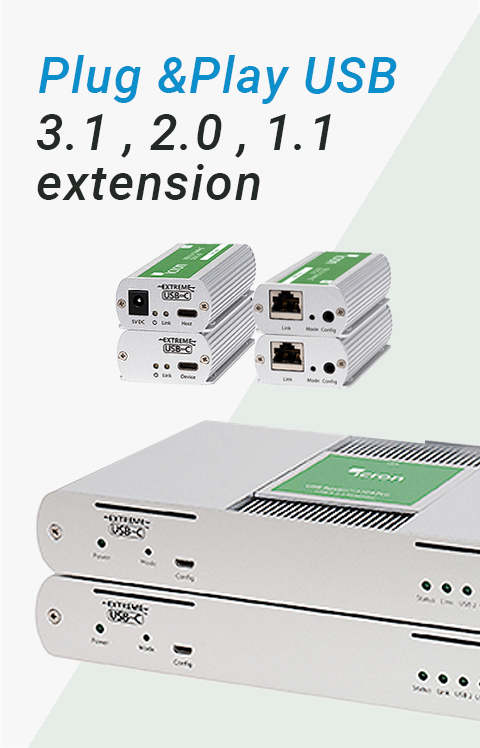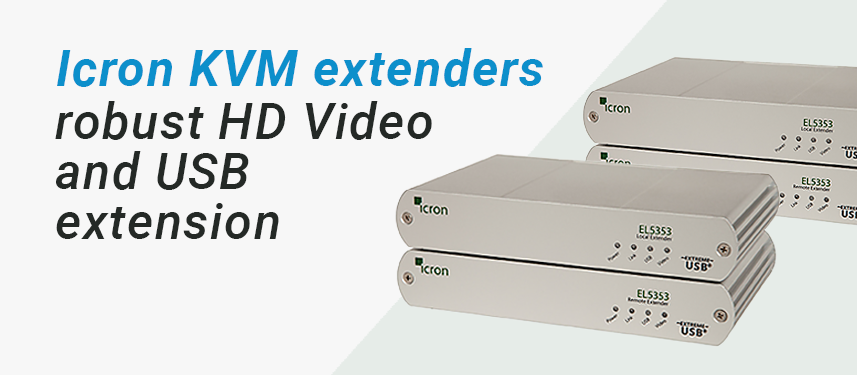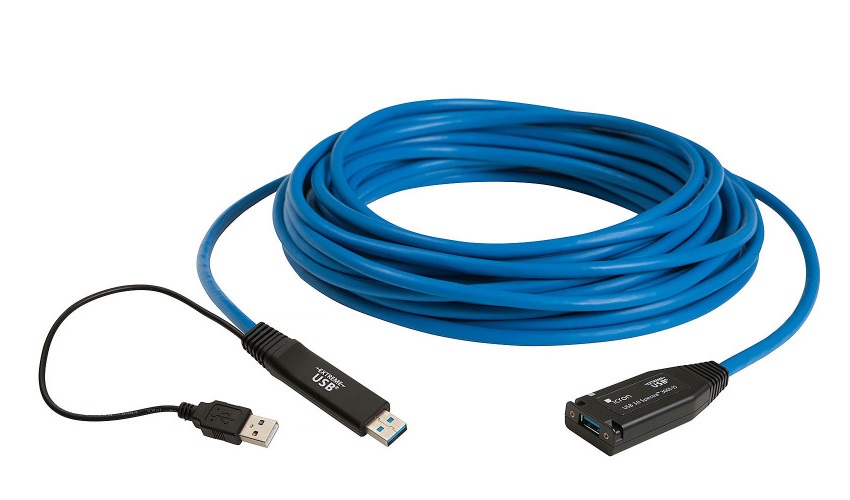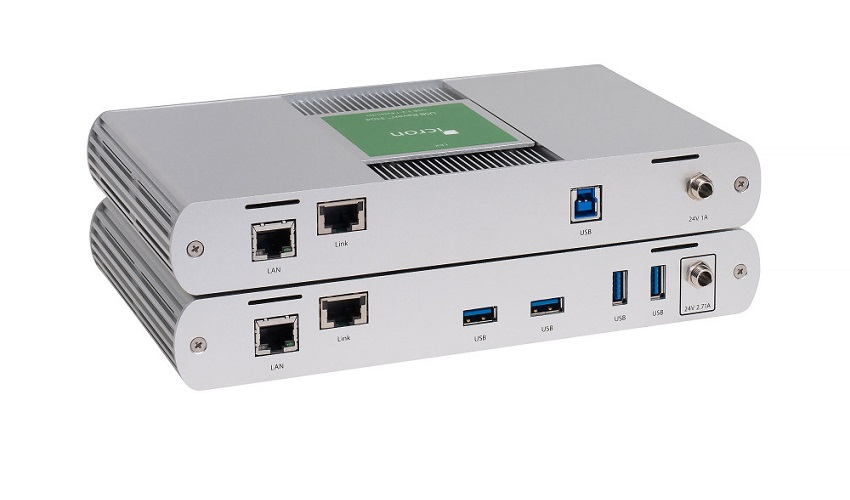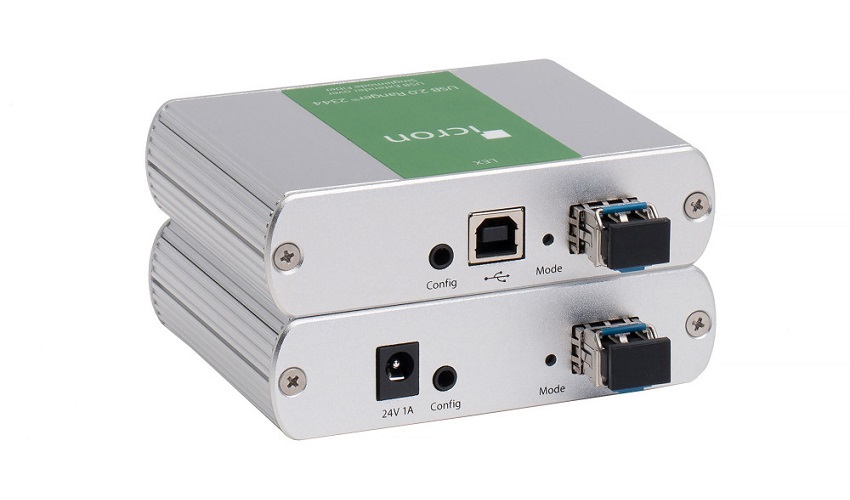How to Beat the USB Cable Length Limit

Every USB cable has a maximum length, fortunately there are various cables and extenders available which will enable you to cover significantly longer distances without any loss in signal quality.
The table below is a useful reference if you are interested in determining the maximum length your USB cable can reach.
|
|
The original purpose of the USB standard was to establish connections between desktop computers and peripherals like printers, mice, keyboards, and storage devices. These connections were typically limited to short distances. Now, USB cables have expanded their applications far beyond the desktop.
For instance, we can now commonly find a camera in a hallway linked to a computer inside an office, or a laptop's USB-C port connected to a wall-mounted Smart TV located across the room. With the availability of a variety of cables and extenders, it is now possible to extend USB connections. |
Why do USB cables have a maximum length?
Manufacturers are required to produce USB cables of shorter lengths due to the increased likelihood of signal transfer issues with longer cables. The maximum length limit of USB cables is governed by two primary reasons.
Communication protocols
Communication protocols utilize the duplex signal method to transfer data between points using Ethernet or USB cables. In addition, devices that follow the duplex protocol can engage in bidirectional communication. Consequently, when a USB host transmits a data "packet" to a device connected via a USB cable, it awaits a response before sending the next packet. If it does not receive a response, it will attempt to resend the packet.
With the increasing demand for high-speed internet and subsequent data transfer rates, devices need to communicate with each other more rapidly than before. The longer the distance the signal needs to travel, the greater the likelihood of encountering an error referred to as a "late collision" so to maintain a high data transfer rate, engineers utilize shorter USB cables as a solution to overcome this problem.
Is USB half Duplex or full Duplex USB 3.0 (SuperSpeed) operates in full-duplex mode, allowing simultaneous data transmission and reception. On the other hand, USB 1.0 and 2.0 function in half-duplex mode, enabling data transfer and reception but not simultaneously. To take advantage of the faster full-duplex communication, both the host and connected devices need to be USB 3.0 or higher
The conductivity of copper Cabling
The conduction of copper wire is another contributing factor limiting the cable length. As signals travel along the conductor, they gradually weaken. The magnitude of signal loss, also known as attenuation is quantified in decibels (dB) per foot or meter. The signal loss increases as the distance that a signal needs to cover increases until a threshold is reached where the receiver cannot detect or understand the signal.
Distortion and signal loss can be minimized by utilizing thicker gauge wires along with sufficient insulation and shielding. Additionally, it is advisable to opt for shorter cables, to ensure that the signals do not need to travel beyond a certain distance. Copper Cabling is also susceptible to noise. For instance, if you place a cable too close to electrical power lines or light fixtures, this can introduce noise into the signal. This interference will impact the quality of the signal rather than its strength. Communication protocols such as USB have methods in place that work to reduce the impact of signal distortion.
4 Ways to Beat the USB Cable Length limit
Click for more information on the range of available USB Extenders

